No matter what, your survival garden can offer an endless supply of aromatic and fresh herbs at your fingertips. It would not only bring satisfaction but also maximize the taste of your meal and improve your health.
With such a productive survival garden, you can save money and get freshly picked herbs from the comfort of your home. Interestingly, these herbs can thrive even with limited space and gardening experience. That said, let’s explore home-grown flavors that are available all year round.
Here are some herbs for your regular basic needs. These herbs even grow in a pot next to a sunny window. Live sustainably with your own organic and nutrient-rich diet food without relying fully on supermarkets!
Basil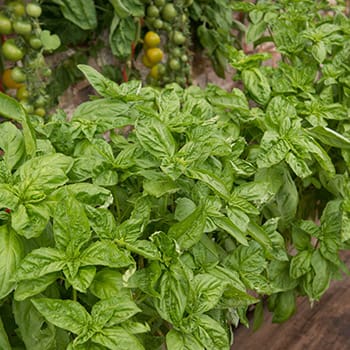
Basil belongs to the Mint family and originates from Southeast Asia and central Africa. You can easily grow this annual herb from seed in the sunlight. Regularly picking the leaves can prevent flowering and helps to sustain leaf production.
Basil is widely used in a variety of dishes because of its pungent, sweet, and spicy flavor. They have three common varieties which are:
- Italian Genovese
- Red Rubin Basil
- Sweet Thai Basil.
How to plant: Basil can be planted in early summer when the temperature reaches almost 15°C. It happily grows in well-drained soil, a sheltered place, and a sunny sowing site. During the seedling stage, protect it from snails and slugs.
Related: 8 Best Natural Ways To Stop Slugs And Snails From Destroying Your Plants
Fern Leaf Dill
Fern leaf Dill is a perennial plant with seeds and aromatic foliage from the celery family Apiaceae. Summer and late summer are its blooming season. You can start picking the leaves only after 45 days.
Its seed can be used for harvesting. Fern Leaf Dill is commonly used for stews, salads, soups, rice, fish recipes, drinks, marinades, and so on.
How to Plant: Follow the below points to plant a healthy Fern Leaf Dill:
- Separately space plants 12 to 15 inches.
- Prefer sunlight location and well-drained soil.
- Use fertile and 5.5 to 6.5 pH soil.
- Mix rich organic matter before planting.
- Sow seeds directly into the soil.
Greek Oregano
Greek Oregano is an important herb in Greek cooking. It adds a strong and peppery flavor to your cuisine. You can harvest its seeds and leaves, but the seed maturation process is a little bit slow. It attains maturity in almost 80-90 days after planting.
It tastes perfect in soups, sauces, meats, and other traditional dishes, especially in Chinese cuisine.
How to Plant: The best time to plant Greek Oregano is in the spring. Simply press the seeds lightly into the soil and space the plants 12 to 18 inches apart. It loves full sunlight and will grow about 2 feet tall. For best growth, make sure the soil is well-drained.
Italian Parsley
Italian Parsley is a biennial herb widely known for its flat leaves and robust flavor. It is grown from seeds and adds beauty to your dishes and garden equally. In the first year, it produces leaves and in the second year, it has flowers and seeds.
Italian Parsley can be used in garnishing, soups, salads, sauces, omelets, fish dishes, and bouquet garni. You can use its seeds for cooking and harvesting purposes as well.
How to plant: Plant in the spring season when the soil is workable. Separately space plants 6 to 8 inches. It loves sunlight and progresses well in good drainage. Choose a soil with a pH of 5.5 to 6.7 and rich with organic nutrients.
Rosemary
This perennial herb doesn’t survive in cold winters but grows well in summer. This woody herb comes in different forms with evergreen needle-like leaves such as:
- Arching branches
- Columnar
- Dwarf size
- Ground cover
- Trailing blue
It is famous for its oil content and scent. Rosemary is widely used in Italian food, especially on a pizza with caramelized onions and cheese.
How to Plant: Wait for the spring season, when the soil starts warming up. Sow the seeds directly into the hole (about 6 cm deeper), spacing them at least 18 inches apart. This herb can grow up to 4 feet tall in full sunlight and well-drained soil.
Sage
Sage is a hardy perennial herb and comes with an earthy aroma. Its gray-green leaves prefer full sun and dry soil. It’s an easy-to-grow herb with little maintenance. It comes in many colors and varieties. Its two common varieties are the following:
- Three-color sage: It has white and variegated green leaves with purple stems. It tastes milder than regular sage.
- Golden sage: It follows the same features of the three-color sage but comes in green and yellow variegated leaves.
Interestingly, the sage flowers are also edible and beautiful. Sage is used for stuffing, savory dishes, and sausages. Plus, it also has medicinal properties for the respiratory and digestive processes.
How to plant: Sage is a versatile herb that grows well with some other herbs as well. For example, Sage and Rosemary are excellent friends, both thrive in similar planting conditions.
French Tarragon
French Tarragon, also known as the chef’s best friend, is an essential perennial aromatic herb. It is also called German tarragon, estragon, or dragon sagewort, but don’t mix it with Russian tarragon.
This herb belongs to the family Asteraceae and is widely used for medicinal and culinary purposes. You can use it for different dishes such as omelets, sauces, French cuisine, salads, and bearnaise sauce.
How to Plant: Tarragon doesn’t have seeds; that’s why you need to grow it from cuttings. Follow the steps below:
- Collect some stem cuttings.
- Cut 4 to 6 inches of stem by removing the lower part (almost 1/3) of the leaves.
- Dip the cut stems in a rooting hormone.
- Plant it in well-drained soil in partial to full sunlight.
Your survival garden is the first step into the world of organic flavors, fresh food, and self-sufficiency. Picking up your favorite herb from your garden will make your recipes taste extra delicious. Additionally, you’ll get essential nutrients along with healing properties.
Planting these herbs costs you nothing compared to their benefits. However, don’t worry about limited space or if you are a novice to gardening. Once you adopt this lifestyle, managing it becomes a piece of cake.
Let’s start harvesting your favorite herb, and don’t forget to share your experience with us.
Bad Gardening Habits That Could Ruin Your Crops
The Antibiotic That Probably Grows in Your Own Backyard (Video)
DIY Self-Watering Raised Garden Beds
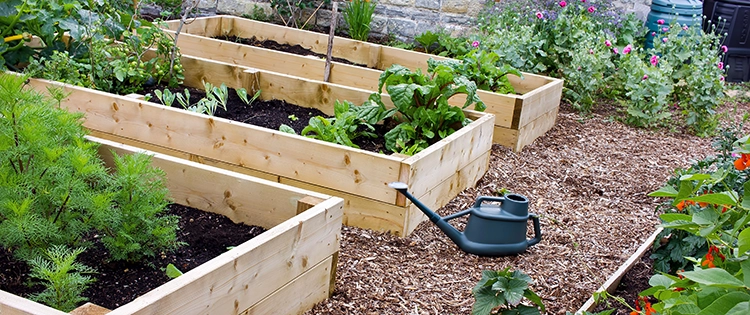
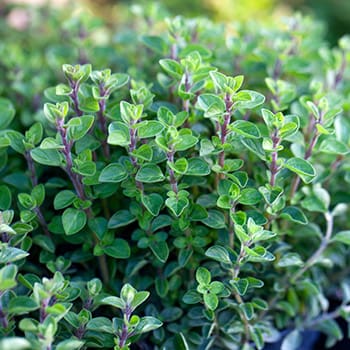
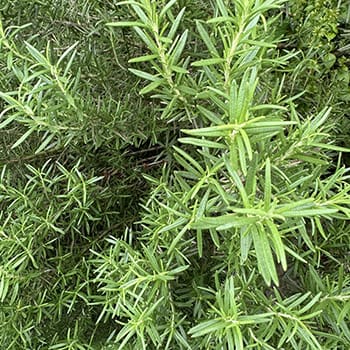
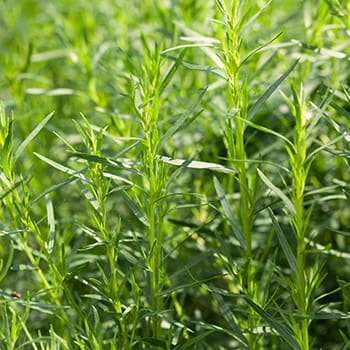









Thanks